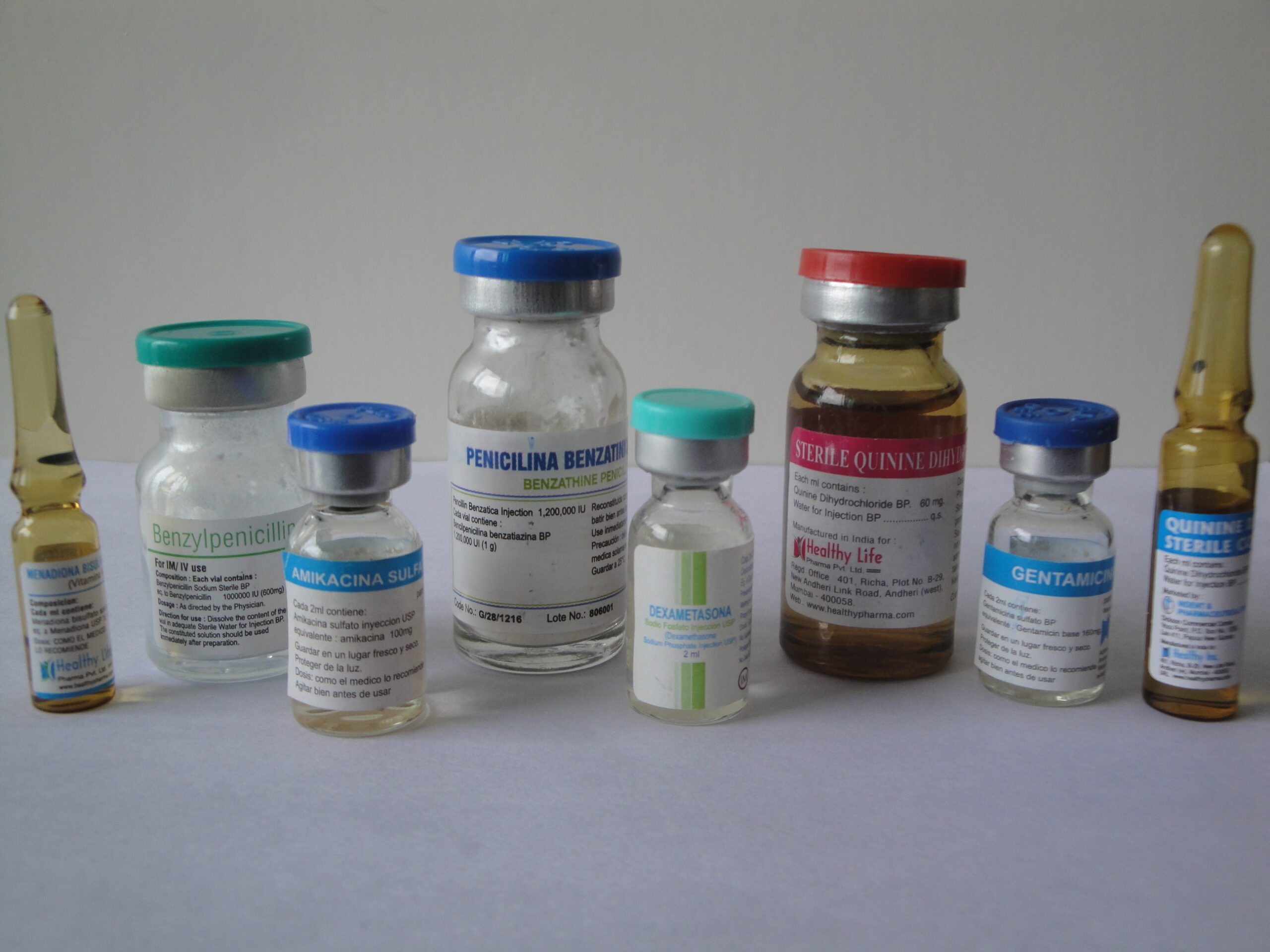Description
Ceftriaxone Sodium veterinary injection
Composition
Ceftriaxone Sodium Vet INJ. 3 GM
Ceftriaxone Sodium Vet INJ. 4 GM
Ceftriaxone Sodium works by interfering with the synthesis of bacterial cell walls, leading to the destruction of the bacteria. It is important to note that it is not effective against viral infections.
Before administering any medication, consult with a veterinarian who can evaluate the specific needs of the animal and prescribe the appropriate treatment. Additionally, it’s important to be aware of any potential side effects or contraindications associated with the use of Ceftriaxone in animals. Always follow proper storage and handling procedures for the medication to ensure its effectiveness and safety.
Ceftriaxone Sodium is a broad-spectrum antibiotic commonly used in veterinary medicine to treat bacterial infections in animals. It belongs to the cephalosporin class of antibiotics and is effective against a wide range of bacteria.
Here are some key points about Ceftriaxone Sodium for veterinary use:
Mechanism of Action:
Ceftriaxone works by interfering with the synthesis of the bacterial cell wall, leading to cell death.
It is effective against both Gram-positive and Gram-negative bacteria.
Indications:
Ceftriaxone is used to treat various bacterial infections in animals, including respiratory, urinary tract, skin, soft tissue, and joint infections.
It may also be used in the treatment of systemic infections.
Administration:
Ceftriaxone is typically administered through intravenous (IV) or intramuscular (IM) injection.
Proper dosage and duration of treatment depend on the specific infection, the type of animal, and its weight.
Precautions:
It’s essential to follow the veterinarian’s prescription and administer the medication as directed.
Allergic reactions are possible, and any signs of adverse effects should be reported to the veterinarian promptly.
Side Effects:
While generally considered safe, some animals may experience side effects such as diarrhea or allergic reactions.
If any unusual or severe side effects occur, it’s crucial to seek veterinary attention.
Resistance:
Antibiotic resistance is a concern in both human and veterinary medicine. Proper use and adherence to dosage guidelines can help minimize the development of resistance.
Availability:
Ceftriaxone Sodium for veterinary use is available through veterinary prescription.
Always consult with a veterinarian before using any antibiotic or medication in animals. The veterinarian will consider the specific condition of the animal, the type of infection, and other relevant factors to determine the most appropriate treatment plan. Additionally, it’s important to follow proper storage instructions and disposal of any unused medication to prevent environmental contamination.
Ceftriaxone Sodium is an antibiotic that belongs to the cephalosporin class. It is commonly used in both human and veterinary medicine to treat bacterial infections. In veterinary medicine, Ceftriaxone may be prescribed for various bacterial infections in animals.
Here are some key points about Ceftriaxone Sodium for veterinary use:
Mechanism of Action: Ceftriaxone works by inhibiting the synthesis of bacterial cell walls, leading to the death of susceptible bacteria.
Indications: It is used to treat a wide range of bacterial infections in animals, including respiratory, urinary tract, skin, and soft tissue infections. It may also be used for certain systemic infections.
Administration: Ceftriaxone is typically administered through intramuscular (IM) or intravenous (IV) injection. The choice of route and dosage depends on the specific condition being treated and the veterinarian’s recommendation.
Dosage: The dosage can vary depending on the species, weight, and severity of the infection. It is crucial to follow the veterinarian’s instructions regarding the correct dosage and duration of treatment.
Precautions and Contraindications: Ceftriaxone should be used with caution in animals with known hypersensitivity to cephalosporins. It is important to inform the veterinarian about any pre-existing medical conditions, as well as other medications the animal may be taking.
Side Effects: Like any medication, Ceftriaxone can cause side effects. These may include gastrointestinal disturbances, allergic reactions, and, rarely, changes in liver function. If any unusual symptoms occur, it is essential to contact the veterinarian promptly.
Withdrawal Periods: If the animal is intended for food production, there may be specific withdrawal periods during which the animal should not be slaughtered for consumption to ensure that any residues of the antibiotic are below acceptable levels.
Always consult with a veterinarian before using any medication for animals. The information provided here is for general knowledge, and the specific circumstances of the animal and the nature of the infection will influence the treatment plan.



